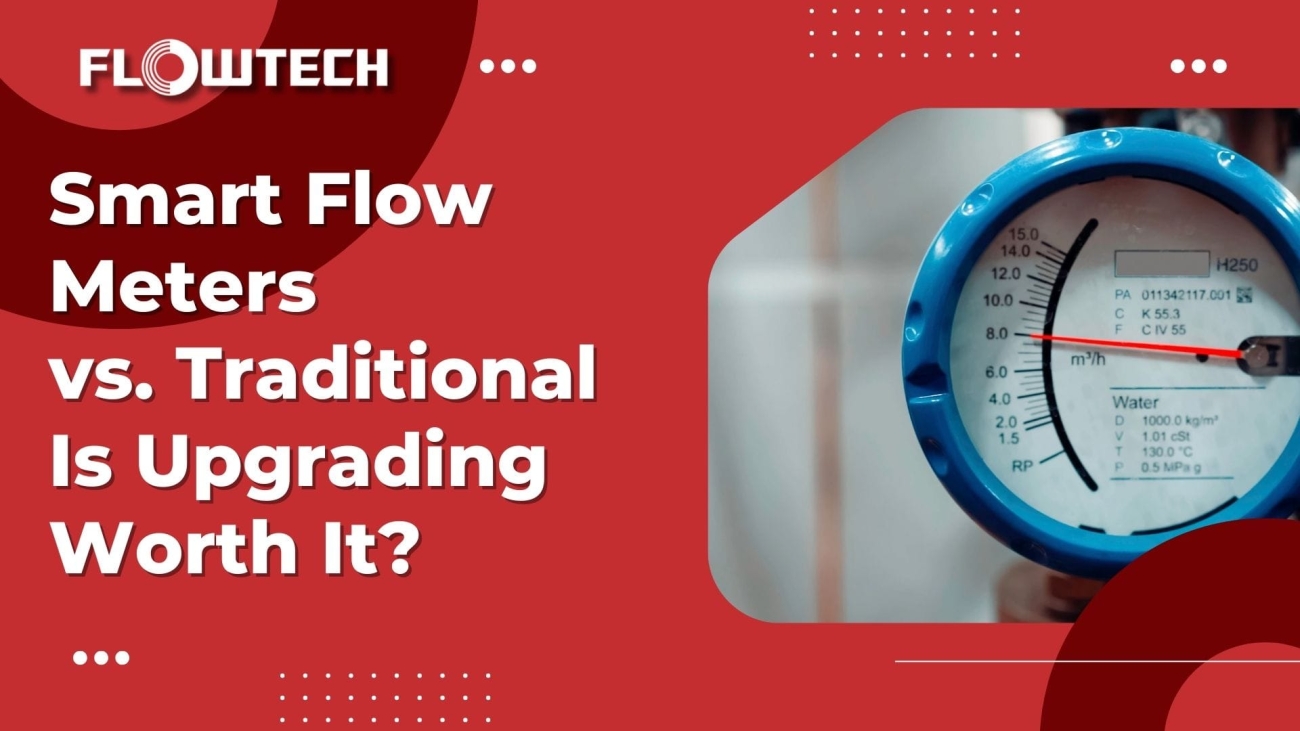Flow measurement is a critical aspect of operations in the oil and gas industry. Accurate flow measurement ensures safety, regulatory compliance, and operational efficiency. However, various flow measurement challenges can impede these goals. In this blog post, we will discuss the common flow measurement challenges in the oil and gas industry and provide practical solutions to overcome them.
Common Flow Measurement Challenges
- Variability in Fluid Properties
Fluid composition in oil and gas operations can vary significantly, affecting flow meter performance. Changes in temperature, pressure, and viscosity can lead to inaccurate measurements.
Solution: Implement advanced flow measurement solutions that can adapt to varying fluid properties. For example, utilizing Coriolis mass flow meters can provide high accuracy across a range of fluid conditions.
- Installation Issues
Improper installation of flow measurement devices can lead to erroneous readings. Factors such as inadequate straight pipe lengths or disturbances from downstream equipment can affect flow meter accuracy.
Solution: Follow manufacturer guidelines meticulously during installation, ensuring proper pipe configurations and flow profiles. Where possible, conduct site audits and adjustments to ensure optimal flow conditions.
- Environmental Conditions
Extreme temperatures, corrosive environments, and vibration can adversely impact flow meters, resulting in inaccuracies or equipment failure.
Solution: Select flow measurement devices that are designed for harsh environmental conditions. For instance, using devices with protective coatings or suitable enclosure ratings can safeguard against environmental stressors.
- Calibration and Maintenance
Regular calibration and maintenance are essential for maintaining flow meter accuracy. However, many operators overlook this crucial aspect, leading to decreased performance over time.
Solution: Establish a routine maintenance schedule and invest in flow measurement solutions that are easy to calibrate. Automated calibration systems can help maintain accuracy without extensive downtime.
- Integration with Existing Systems
Integrating new flow measurement technologies with existing systems can often be challenging, impacting overall efficiency.
Solution: Opt for flow measurement products that offer compatibility with industry-standard protocols. This ensures seamless integration when upgrading or expanding your flow measurement systems.
Best Practices for Overcoming Flow Measurement Challenges
To further enhance flow meter accuracy and reliability in the oil and gas industry, consider the following best practices:
- Training and Expertise: Ensure that your team is well-trained in using and maintaining flow measurement systems. Understanding the specific challenges helped them better pinpoint issues and apply effective solutions.
- Invest in Technology: Stay updated with the latest advancements in flow measurement solution technologies. Embracing smart flow meters can offer real-time data analytics, improving decision-making processes.
- Consult with Experts: Collaborate with flow measurement experts who can provide insights tailored to your specific operational needs. For instance, Flowtech’s flow measurement solutions offer valuable resources on optimizing oil and gas measurement.
Conclusion
Flow measurement challenges in the oil and gas industry can significantly impact operational efficiency and compliance. By addressing variability in fluid properties, installation issues, environmental conditions, calibration needs, and the integration of new technologies, operators can enhance their flow meter accuracy. Implementing best practices and consulting with industry experts can further streamline operations, ensuring safety and efficiency.
For more insights into flow measurement and solutions, check out our dedicated page on flow measurement technologies.





